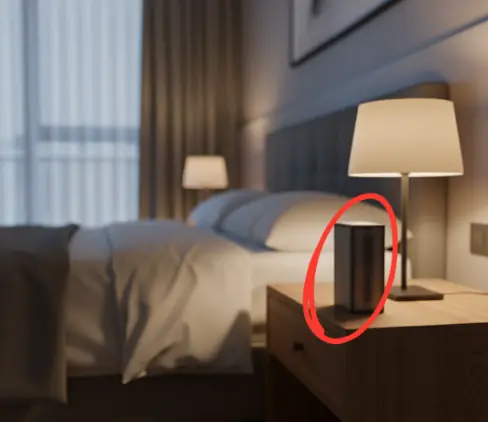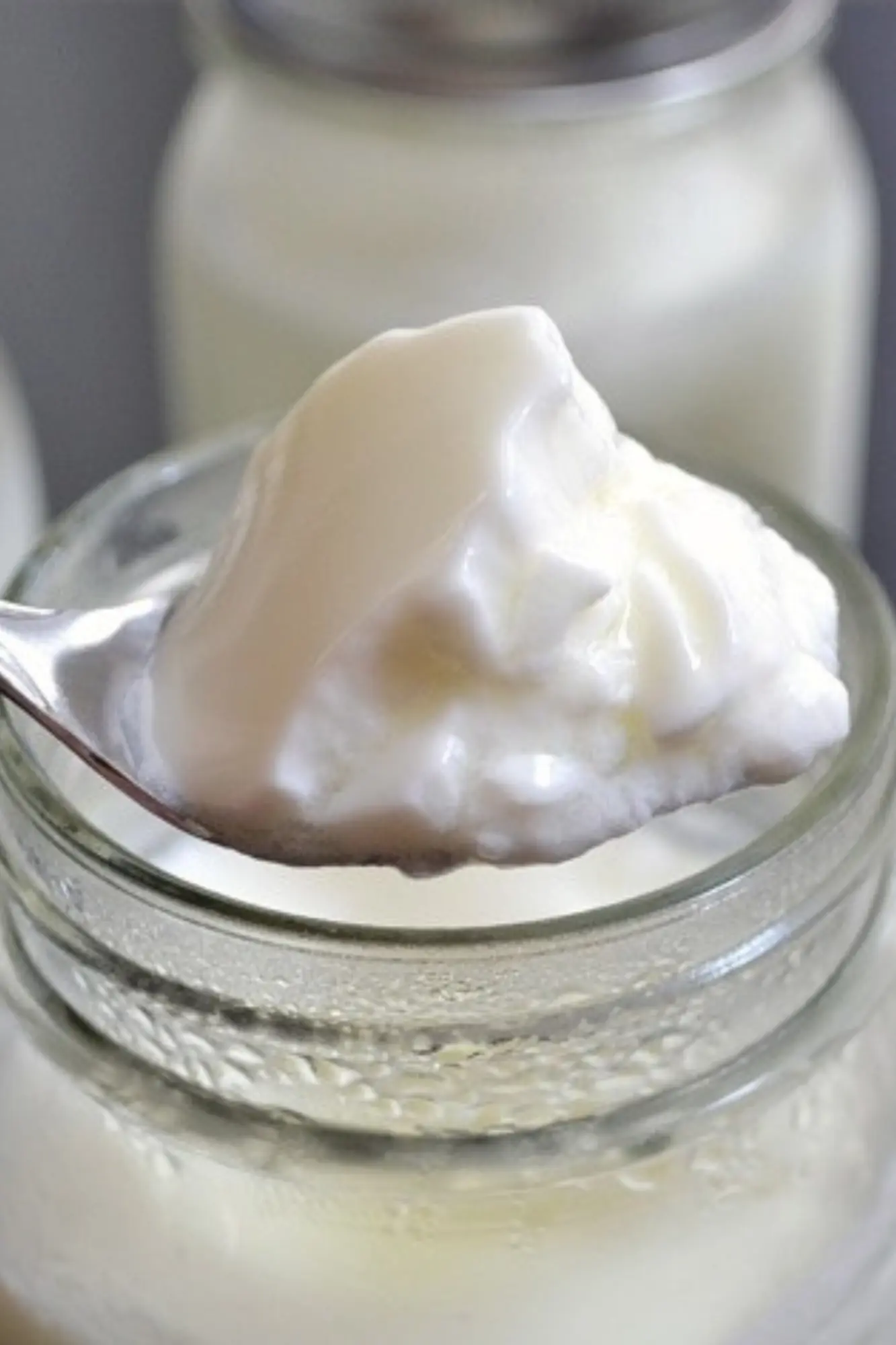Historically Japanese gardens were designed for many different purposes, each with their own characteristics and features. Those surrounding tea houses were intimate retreats away from the hectic streets and daily life, while strolling gardens were intended for quiet contemplation and discovery through movement. Dry gardens featuring raked gravel and choice rocks were intended to be viewed rather than physically explored, and courtyard gardens were the precursor to today’s indoor-outdoor living. Each fascinating in their detail and meaning, we can include many of the same design ideas in our own spaces, no matter what their size, shape or aspect.
With so many standout plants, including stately bamboo, fiery acers and exquisite lilies and azaleas, it’s hard to resist introducing some Japanese style into your backyard. But how do you get it right and not over-do the dramatic plants and features? We’ve spoken to top designers and experts for their tips and advice so you can introduce some Japanese garden ideas to your own plot with confidence.
1. Go for undulating, sculptural forms
Many Japanese garden ideas are designed to be admired from inside the home, often framed by a picture window or arch. Faced with a secluded courtyard garden? Then why not try something similar for your own garden design ideas. The results can be hugely calming and provide an elegant green backdrop throughout the year.
The team at Maitanne Hunt created this stunning design. 'We decided to use Soleirolia soleirolii as an alternative to moss used in Japanese gardens, taking advantage of its naturally mounding, creeping habit to create the impression of the Japanese hills our client loved. Soleirolia soleirolii is a vigorous, low maintenance ground cover plant, which looks fantastic in tropical, lush or shady gardens. It is good in part shade or shade, providing the soil is consistently moist but well-drained.
There's more suggestions for the best ground cover plants in our guide. 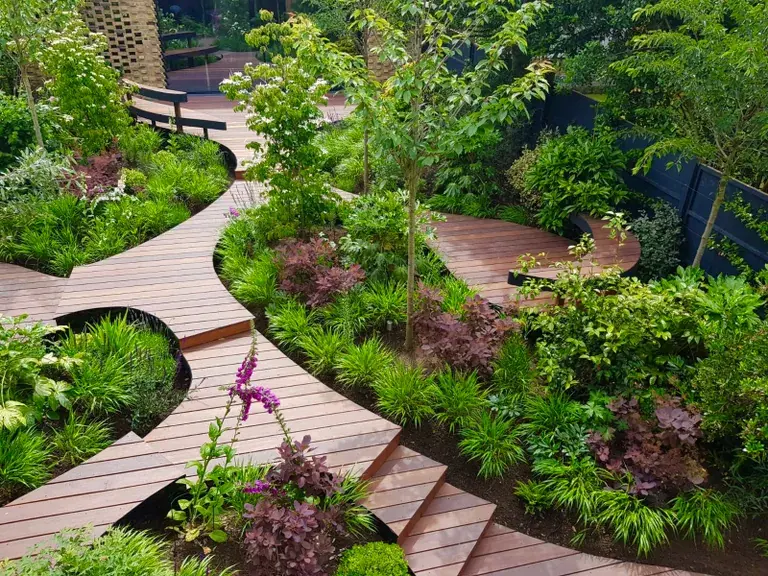
2. Choose bamboo features for instant Japanese style
Fast growing, sustainable, tough and durable, bamboo is an unbeatable natural material that simply oozes Japanese style. Used for centuries in Japanese garden ideas and harvested in every size, its garden uses range from channelling water, creating fencing, privacy panels, archways, pathways and – of course – wind chimes.
Young green Moso poles make a neat, curving low fence when bent over and tied in place with knotted black twine – perfect for lining pathways or protecting precious areas such as delicate moss gardens or raked gravel areas. Giant poles – often up to 10mm or more in diameter – are useful for pergolas and shelters and can also be lashed together to create lightweight platforms.
You can find out how to grow bamboo in our expert guide. 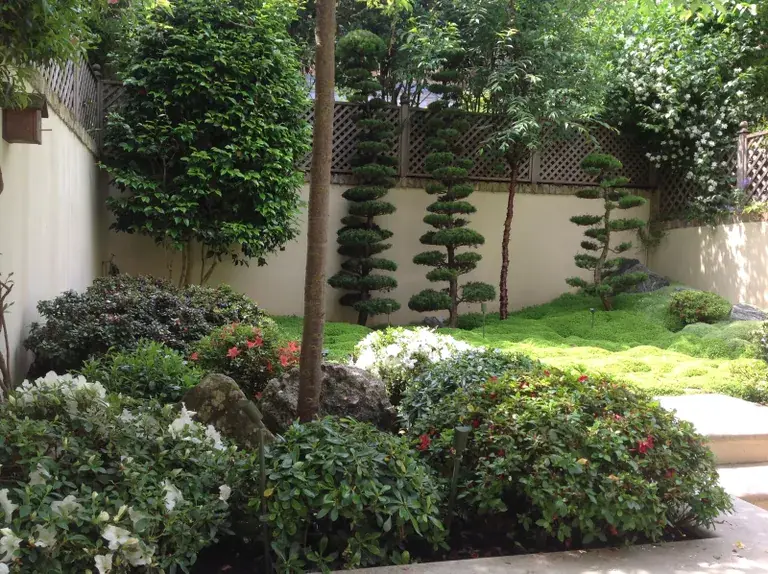
3. Plant up a rocky outcrop
Let the beauty of natural stone and Japanese garden ideas inspire you to transform a dull, sloping site. Fine gravel paths weaving through rocky outcrops, planted with low growing sedums, alpines, azaleas and statuesque conifers provide beautiful year-round color and interest and cast an instantly calming mood for small rock garden ideas.
This Japanese-inspired tea garden by Buzy Lizzie is a crevice garden full of character and texture. Local stone laid side on and packed close together makes a bold contrast with laid dry-stone walls and boulder-edged planting areas.
4. Be bold with a black backdrop
One of the easiest ways to introduce Japanese garden ideas into your space is to use large areas of black in your outdoor design. Whether it’s painted garden wall ideas, porcelain paving tiles or a wall clad in charred timber, it will create the perfect backdrop for highlighting minimal-style furniture and richly toned planting.
Lush, glossy foliage and the intense orange, crimson leaves of acers are all accentuated by this dark, moody shade and it will also throw the intricate-shaped foliage into sharp relief too.
Build on this strong statement by introducing furniture with striking black detailing too. This modern sofa set has a bold U-shaped aluminium frame and an extended low-level platform in teak to create a softer finish.
5. Showcase miniature bonsai
Perfection in miniature, bonsai trees first appeared in Japan around 1,200 years ago and, over time, were adopted by Zen Buddhist monks as tray landscapes where the diminutive but beautifully trained trees represented the universe. They soon became highly prized by scholars and today they have worldwide appeal in Japanese garden ideas.
Start your collection by displaying your leafy treasures in richly glazed garden planter ideas. There are a few rules to follow though, as the Gardenesque team explains. 'The basic principles for estimating your ideal pot size are relative to your bonsai tree. The pot at its longest side should measure half the tree's height and the depth is equivalent to the width of trunk at the soil base. Chunky bonsai trees are better suited to square pots, whilst the more delicate trees in circular pots.'
6. Showcase an acer or two
Exceptionally beautiful, Japanese maples are the perfect plant for your Japanese garden ideas. With varieties of all shapes and sizes – from small, weeping trees perfect for pots and besides ponds to stately specimens that reach up to 8 metres high – they will add elegance, structure and year-round interest.
These slow-growing beauties can be a little diva-like in their needs, preferring a sheltered spot in free draining and non-alkaline soil. Once you've learned how to grow acers, however, you'll be rewarded with stunning autumn color and graceful, finely cut foliage that oozes Japanese style.
Here are our five stand-out varieties for you to try in your space.
- Acer palmatum 'Sango-kaku' Coral Bark maple Pale green, deeply cut leaves that turn butter yellow in autumn. New shoots emerge bright red.
- Acer palmatum 'Osakazuki' Perhaps the brightest of them all with bright green leaves that turn vivid scarlet in autumn.
- Acer palmatum 'Butterfly' Perfect for a pot, this upright tree grows to 3 meters high and has delicate green-grey variegated leaves with a touch of pink.
- Acer palmatum 'Garnet' Fine, almost feathery leaves that fade from deep claret to intense scarlet. The sculptural dome shape looks spectacular overhanging water.
- Acer japonicum Vitifolium Vine leaved Japanese maple Large green fan-shaped foliage gives this variety tons of impact. Leaves change in fall to fiery tones of yellow, orange and red.
7. Add a Japanese-inspired bridge
You don’t have to have a stream or large pond in your garden to include a Japanese style bridge. Representing the journey from the mortal world to the afterlife or higher spiritual realm of purity and nature, a bridge is the ideal way to create movement around and structure within your Japanese garden ideas.
Your bridge could take the form of simple stepping stone ideas in the middle of a shallow pool or a graceful arching bridge over a dry gravel and pebble river. The key is to thoughtfully integrate it into its surroundings.
Creating a slight dip below the bridge and adding clumps of natural planting – ferns, ornamental grasses are both good options – at either end will help bed the structure into the ground. Frame the scene further by adding one or two of the best trees for small gardens nearby, so the lower branches can reach over and soften the effect.
8. Light your Japanese garden ideas with stone lanterns
Simply unmistakable, stone lanterns – tōrō or ishidourou – are a key feature in Japanese garden ideas. Originally made and positioned to light the way to temples and shrines, they were lit with a candle or small oil lamp.
There are many different styles and sizes of lanterns, each with their own fascinating history and purpose, so it’s worth finding out about each design before you buy - try Herons Bonsai for a wide selection.
Oribe lanterns tend to be tall – raised on a pedestal it has a square light box featuring a crescent, full moon and square openings while the three-legged Yukimi doro or snow viewing lantern was used to help fisherman navigate and traditionally sits with two feet in the water and one on land.
No matter which lantern you choose, less is definitely more. A few, carefully chosen and placed pieces will add a chic and tranquil atmosphere to your outdoor lighting ideas, whereas too many can result in a cluttered, themed look.
9. Hang a ceiling of colorful lanterns
This is a great way to cosy up any outdoor living or dining space. Hanging an assortment of fabric Japanese-style lanterns will not only introduce color, shape and pattern in amongst your planting, it will create the illusion of a ceiling too, helping to visually enclose the space.
These sophisticated lanterns feature solar LED lights too for added atmosphere. Cluster them together and hang from your pergola ideas, garden arch or tree branches for a magical effect.
10. Design a Japanese-inspired strolling garden
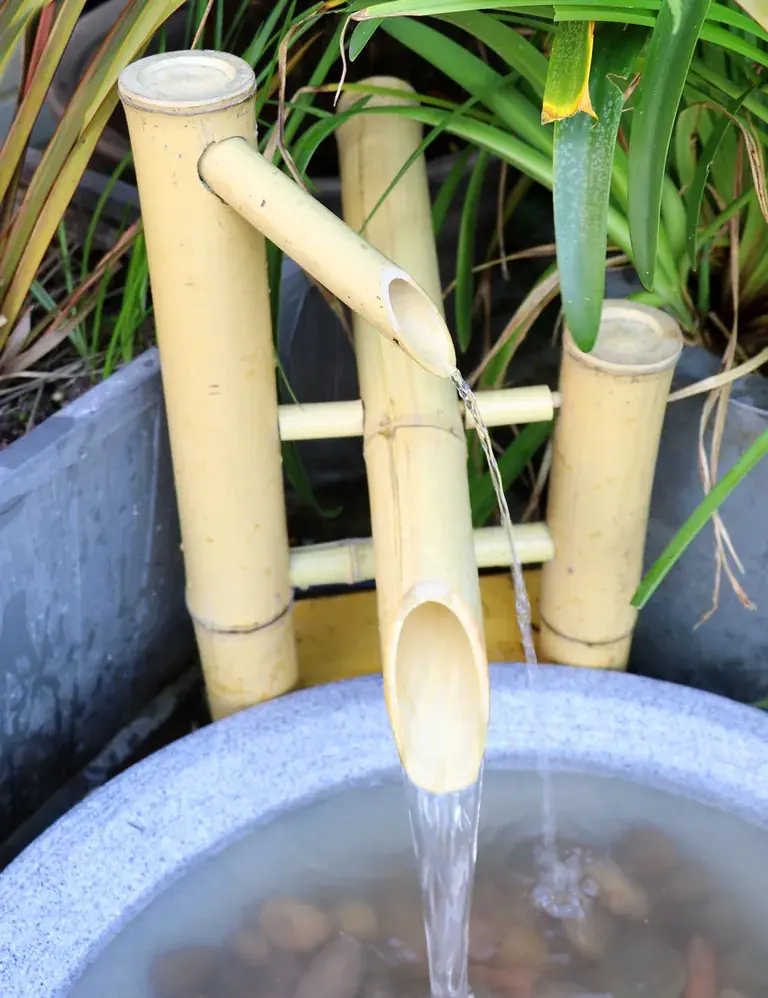
Contemplation while walking, surrounded by nature, is at the heart of many Japanese garden ideas. Designed to be viewed from meandering garden path ideas, new garden features and views are gradually revealed with each twist and turn.
The perfect way to make the most of a small outside space, it’s definitely a design trick we can use in many urban gardens today. Designer Nigel Gomme of Cityscapers has employed a similar approach in this gorgeous London garden. Using raised curving walkways made from rich-toned hardwood deckboards, the rectangular space is divided into five distinct planting areas each with their own planting palette and signature scent. Rounded shrubs and grassy hillocks echo the curvy design and increase the sense of movement.
There's more clever ways to introduce decked areas into your garden in our decking ideas feature.

































